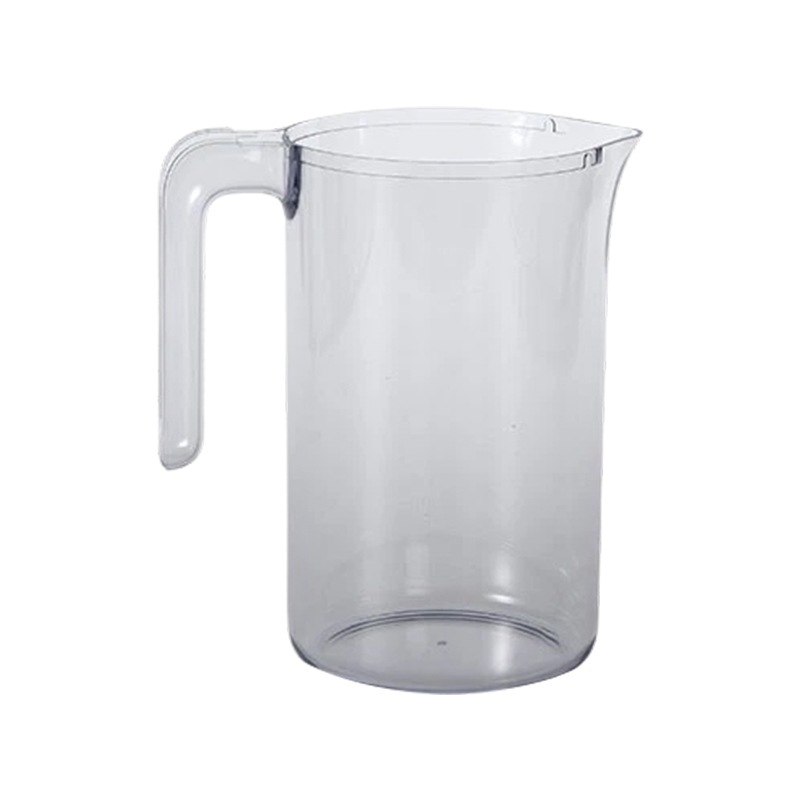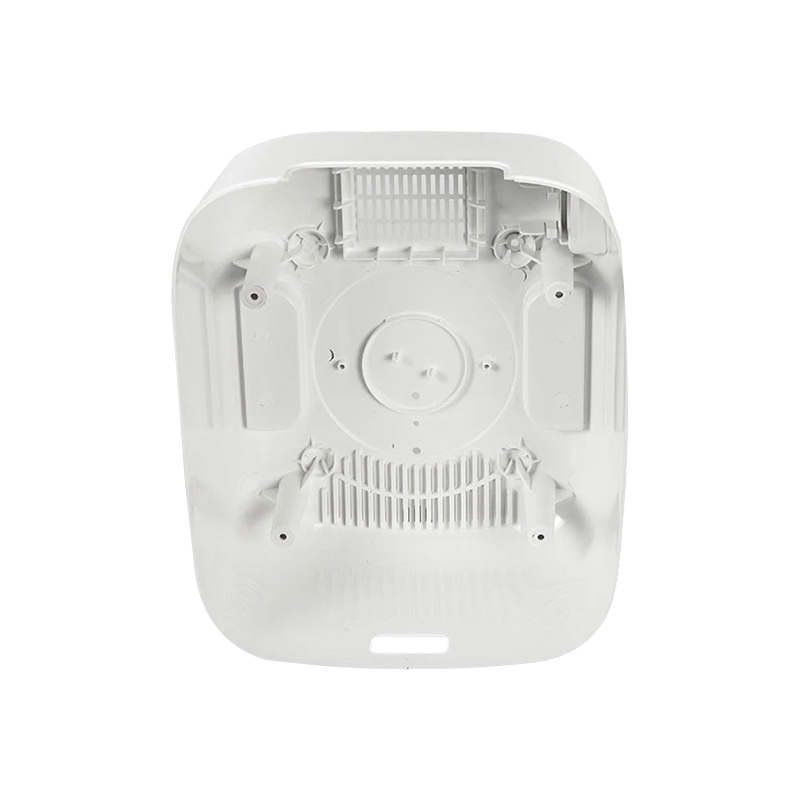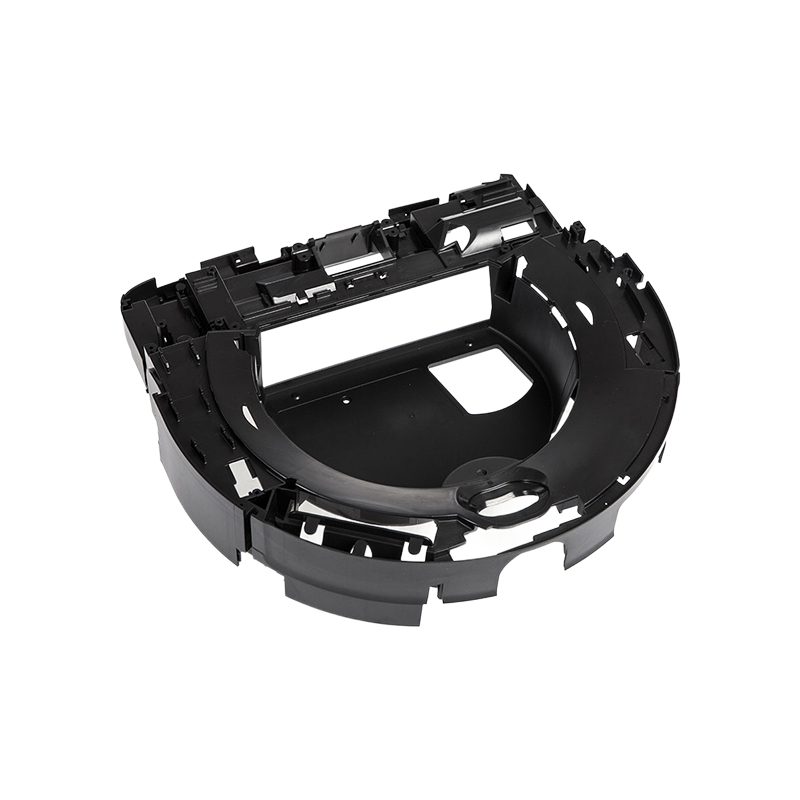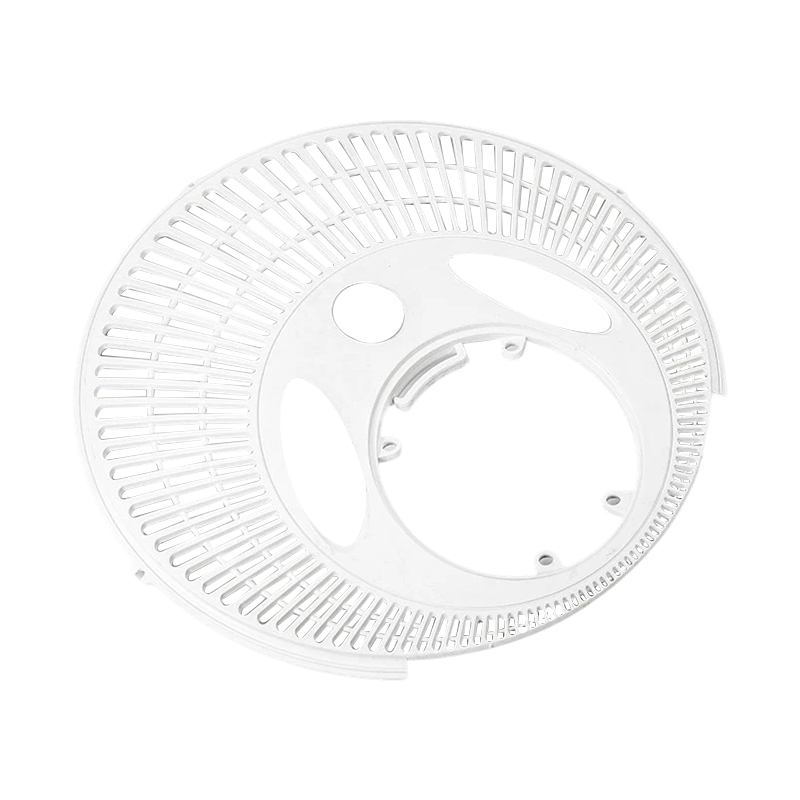How to solve common problems (such as dimensional deviation) when debugging auto parts molds?
Release Time : 2025-06-11
Auto parts mold debugging is a key link to ensure product quality. During the process, dimensional deviation, surface defects, demolding difficulties and other problems often occur. Among them, dimensional deviation not only affects the assembly accuracy of parts, but may also lead to a decline in the performance of the entire vehicle. To solve these problems, it is necessary to start from multiple aspects, conduct in-depth investigations and take targeted measures.
When dimensional deviation occurs, the review of the mold design stage is particularly important. Designers need to review the product drawings and mold design plans to confirm whether there are dimensional design problems caused by draft angles, shrinkage rate estimation errors, etc. If there are defects in the design, the design parameters must be corrected in time and communicated with the production department to ensure that the modified plan can be effectively implemented in actual production.
Errors in the mold manufacturing process may also cause dimensional deviations. Factors such as insufficient precision of processing equipment, tool wear, and improper clamping will affect the dimensional accuracy of molded parts. At this time, the processing equipment needs to be fully inspected and calibrated, severely worn tools need to be replaced, and the clamping process needs to be standardized. At the same time, strengthen the quality control of the mold manufacturing process, increase the frequency of random inspections of key dimensions, and prevent unqualified parts from flowing into the next process.
Material factors should not be ignored either. Problems such as the thermal expansion coefficient and uneven hardness of mold materials will cause dimensional changes during the use of the mold. For such problems, high-quality mold steel that meets the design requirements should be selected, and strict inspection should be carried out before the material is put into storage. If the material has been put into use and problems occur, the material properties can be adjusted through the heat treatment process to improve the dimensional stability.
Reasonable setting of process parameters is crucial to solving dimensional deviations. When debugging the injection mold, parameters such as melt temperature, injection pressure, and holding time directly affect the product size; for the stamping mold, attention should be paid to the stamping speed, press closing height, etc. The debugging personnel need to repeatedly test different parameter combinations according to the material properties and mold structure, record and analyze the dimensional change trend, and gradually find the optimal process parameters.
Mold assembly accuracy is also a key factor affecting the size. Problems such as excessive assembly clearance of parts and insufficient precision of the guide mechanism will cause the mold to shift or deform during operation, thereby causing dimensional deviation. Therefore, during the assembly process, it is necessary to strictly control the matching tolerances of each part, adopt high-precision assembly processes and detection methods to ensure that the mold meets the design requirements after assembly.
Data accumulation and analysis during the mold trial are indispensable. After each mold trial, the product size needs to be fully measured and compared with the design size to draw a size change curve. By analyzing the curve, the law and main influencing factors of size deviation can be found to provide a basis for subsequent adjustments. At the same time, a mold trial database is established to archive successful debugging experience and parameter records for reference when debugging similar molds.
To solve the size deviation problem in auto parts mold debugging, it is necessary to systematically check multiple links such as design, manufacturing, materials, processes, and assembly, and conduct scientific analysis and adjustments based on the mold trial data. Only by establishing a complete quality control system and strengthening the coordination of various links can the success rate of mold debugging be effectively improved and the size accuracy and product quality of auto parts be ensured.








